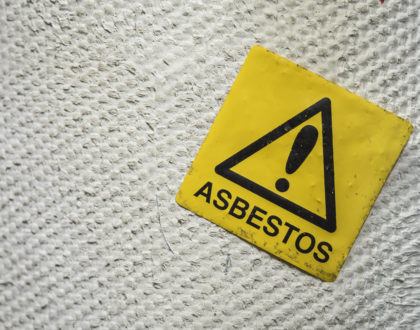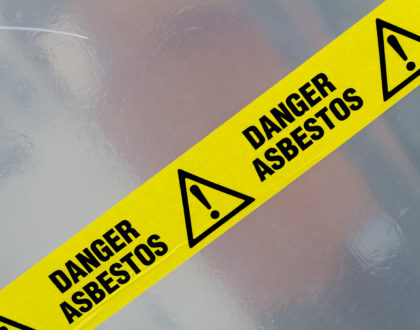Mesothelioma in Canada – Part 1 – Background
After climbing steadily over the past two decades, Canada’s mesothelioma cancer rate is now one of the highest in the world. Few in the medical community are surprised: Canada’s dedication to the mining of chrysotile asbestos and the Canadian government’s track record for permitting its production and use in thousands of products laid the groundwork for exposing citizens to the toxic mineral. The most significant increases occurred in the shipbuilding areas around Vancouver, and in Quebec, home to many of Canada’s early asbestos mines.
About 2.1 of every 100,000 Canadians are diagnosed annually with the aggressive disease, according to experts. For context, consider that in 1984, 153 Canadian men were diagnosed with mesothelioma throughout all the country’s provinces. By 2003, 344 cases were reported among men and 78 among women. Deaths from mesothelioma totalled 515 in 2010.
Asbestos exposure is the number one cause of occupational death in Canada. Since 1996, asbestos-related disease has accounted for around a third of workplace deaths.
Because of the disease’s latency period of between 15 and 60 years, medical professionals expect the death rate will not level off for several more years.
Canada’s rate of mesothelioma corresponds with the country’s long-held infatuation with asbestos, whose fibres cause all forms of the disease. The country’s first asbestos mine opened in Quebec in 1879 — the first step towards a close relationship between the country and “Canada’s Gold.”
As the 19th century slid into the 20th century, an increasing number of asbestos mines opened, taking advantage of the large deposits of the mineral found in provinces that included Quebec, Newfoundland, British Columbia and the Yukon. Companies such as Johns-Manville arrived, taking advantage of the asbestos mines to manufacture a variety of asbestos-containing products that would be used in Canada and worldwide.
But while the asbestos industry boomed, and mine owners and company executives made money, workers got sick, coughing up blood, suffering from breathing difficulties and dying. Canadian mortality rates among miners were studied as early as the 1920s, and evidence exists that executives withheld negative reports from both their employees and the public.
Recommended Posts

Australia Asbestos Problem – Outside of NSW
March 29, 2024

Australia’s Asbestos Problem – What Was the Reaction in NSW?
March 22, 2024

Australia’s Asbestos Problem – Who is Responsible?
March 15, 2024

